French and japanese work realized circa 1880.
! The price doesn’t include the lampshade price. However, our workshop can advise you with pleasure and realize it with your size and color choices !
Satsuma earthenwareappeared in the 16th century in Japan on Satsuma lands. This kind of ceramics is characterized by a wide range of shapes evolving through time and ovens used. Two types of Satsuma exist: white background Satsuma and black background, that were more frequently used for tea ceremonies and keeping some liquids such as alcohols. Satsuma potters developed circa 1800 a sophisticated polychrome enamels technique in orange and red shades and quickly add into it gilt highlights, the whole ensemble was later the most Satsuma style known, named the « Brocade », widely produced during the Meiji period (1868-1912). Decorative patterns are inspired by Kano school paintings in vegetal, animals and human representations but are also combined with abstract geometrical patterns. The composition is often emphasis without a lot of space and loves to play with an accumulation of enamels and gilt highlights, conveying a certain way of richness to the ware. Japanese items are exposed for the first time in an important Occidental exhibition during the Universal Exhibition in 1867 and the Satsuma’s earthenware has a lot of success and is very much represented during the 1878 edition. Satsuma’s earthenware is still produced today, in the respect of tradition and quality that made Satsuma one of the most important Japanese ceramics reference.


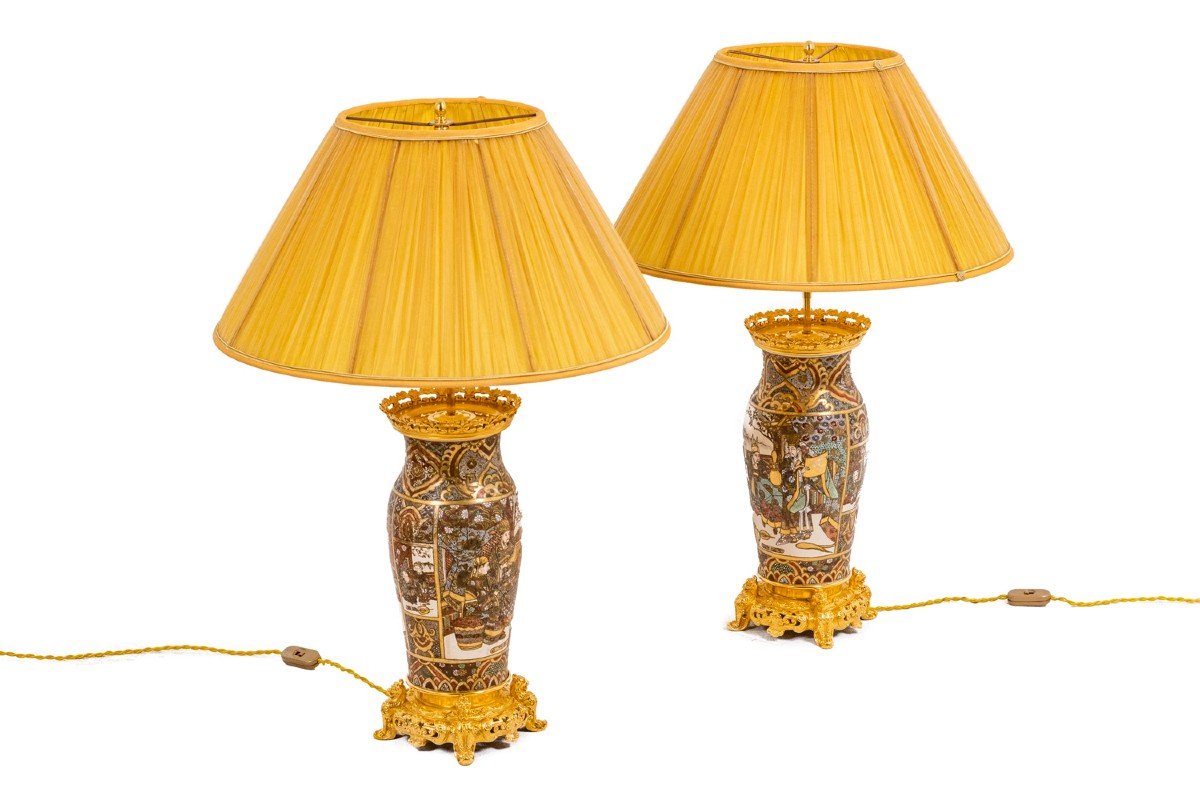
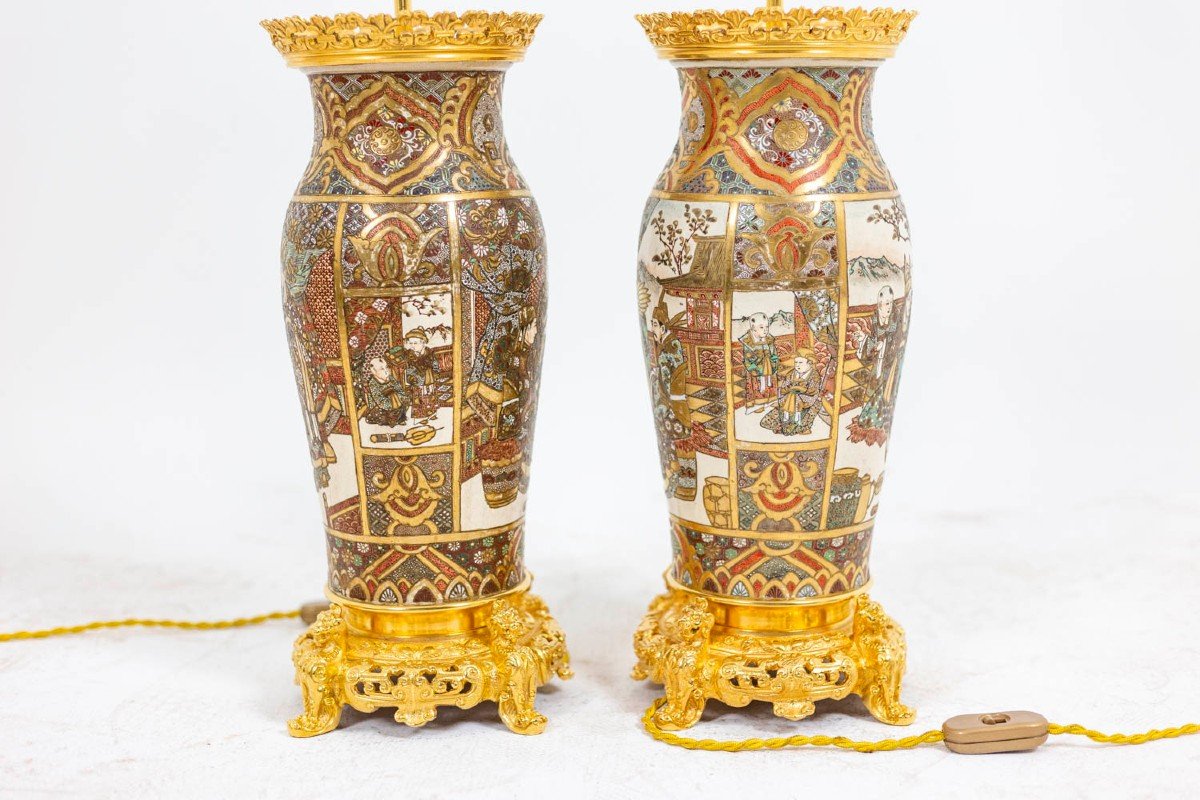

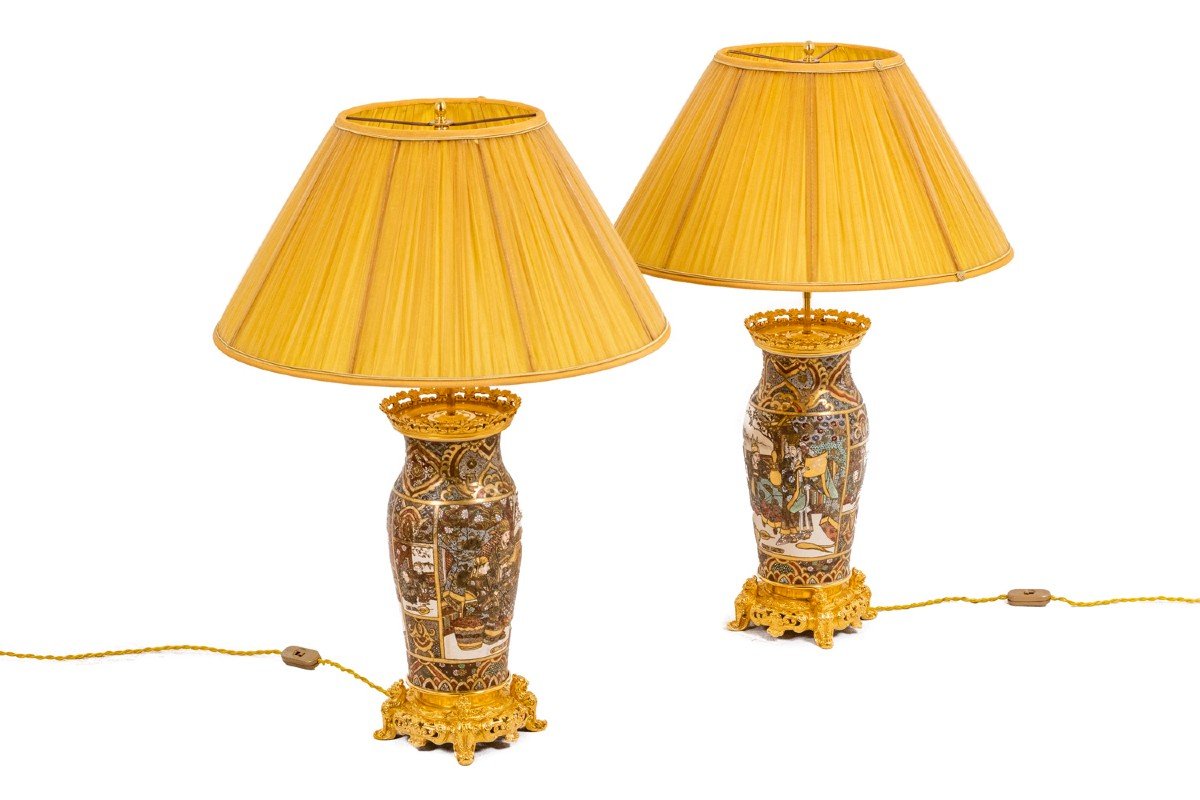
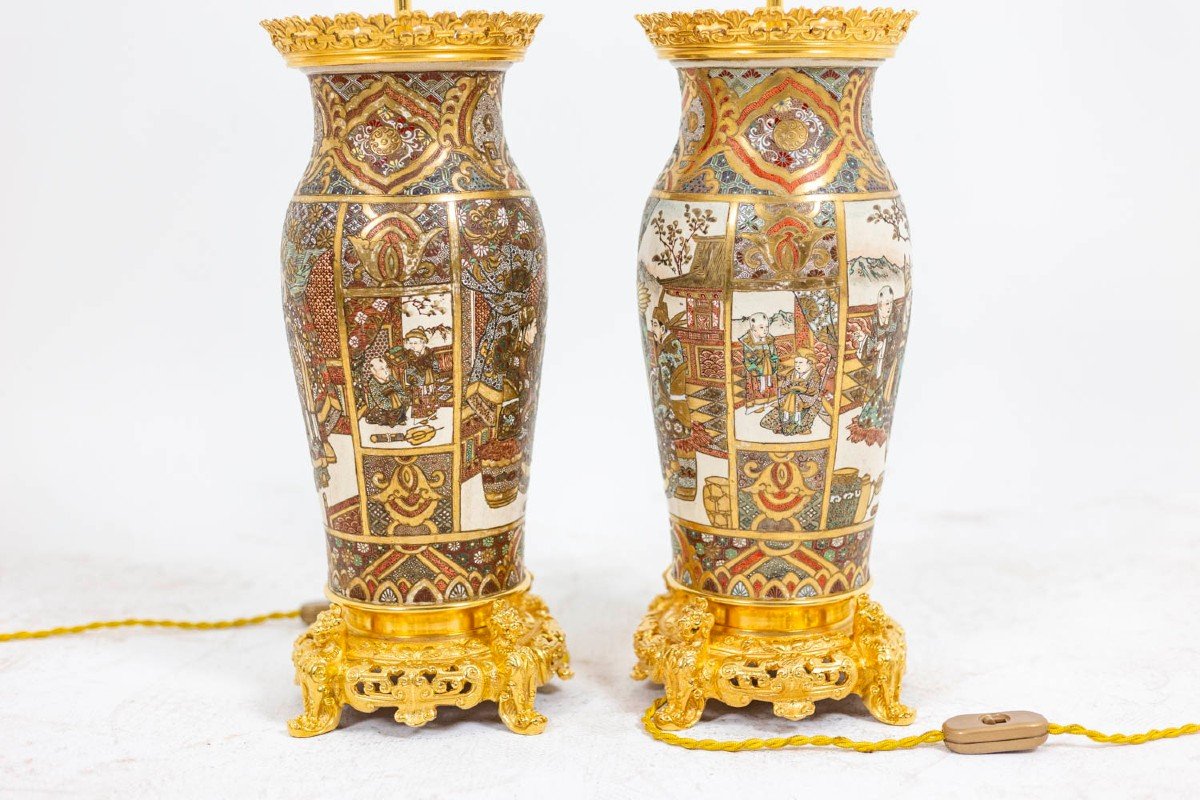


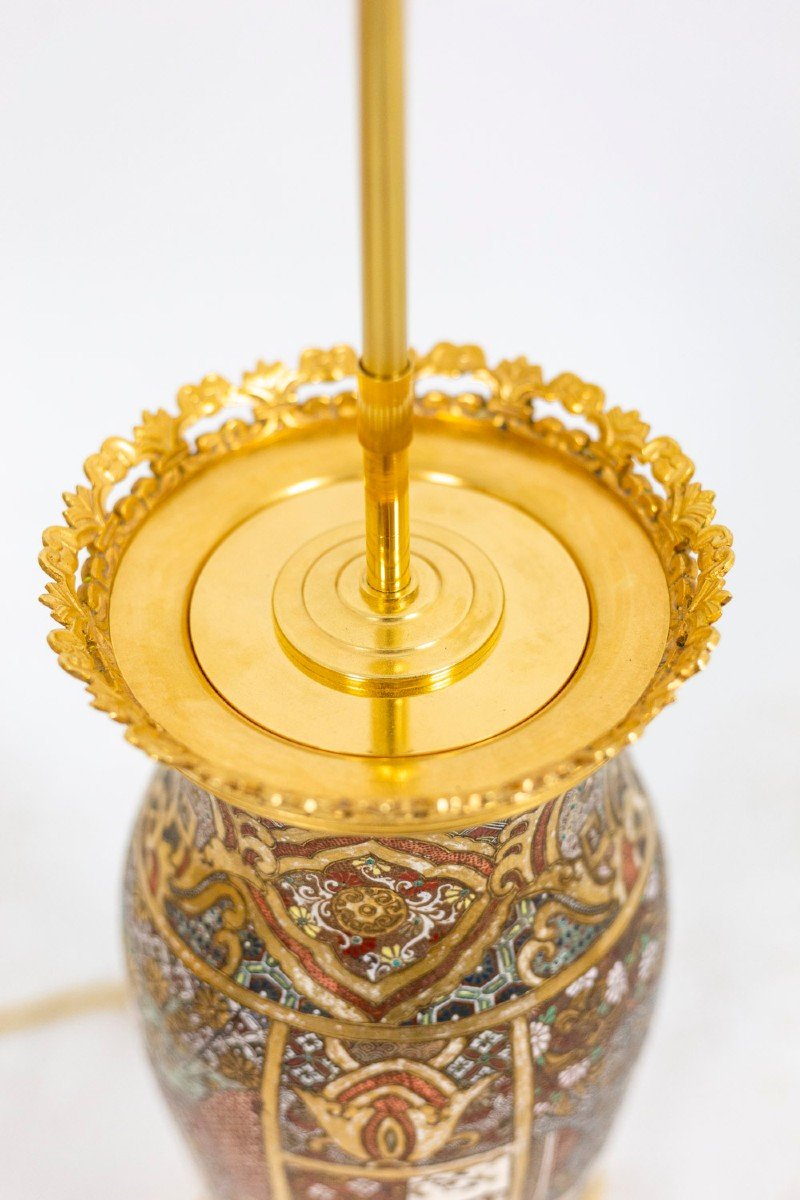


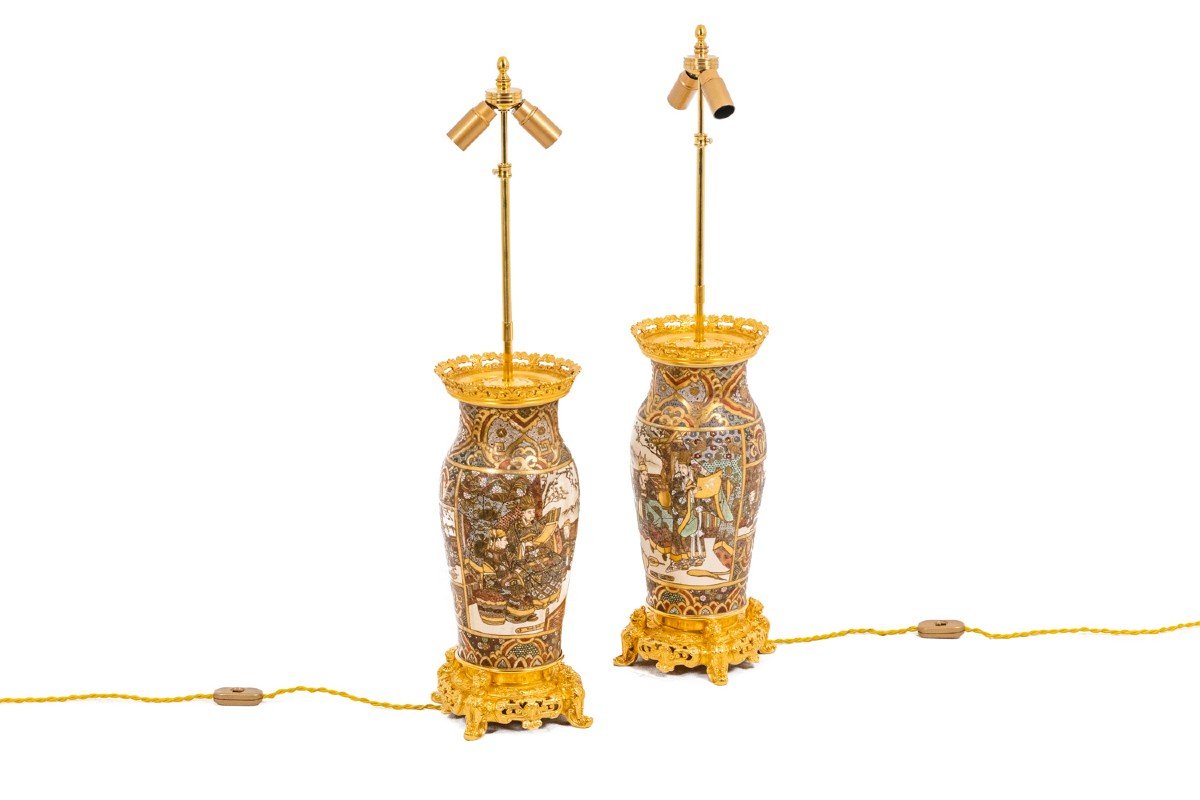
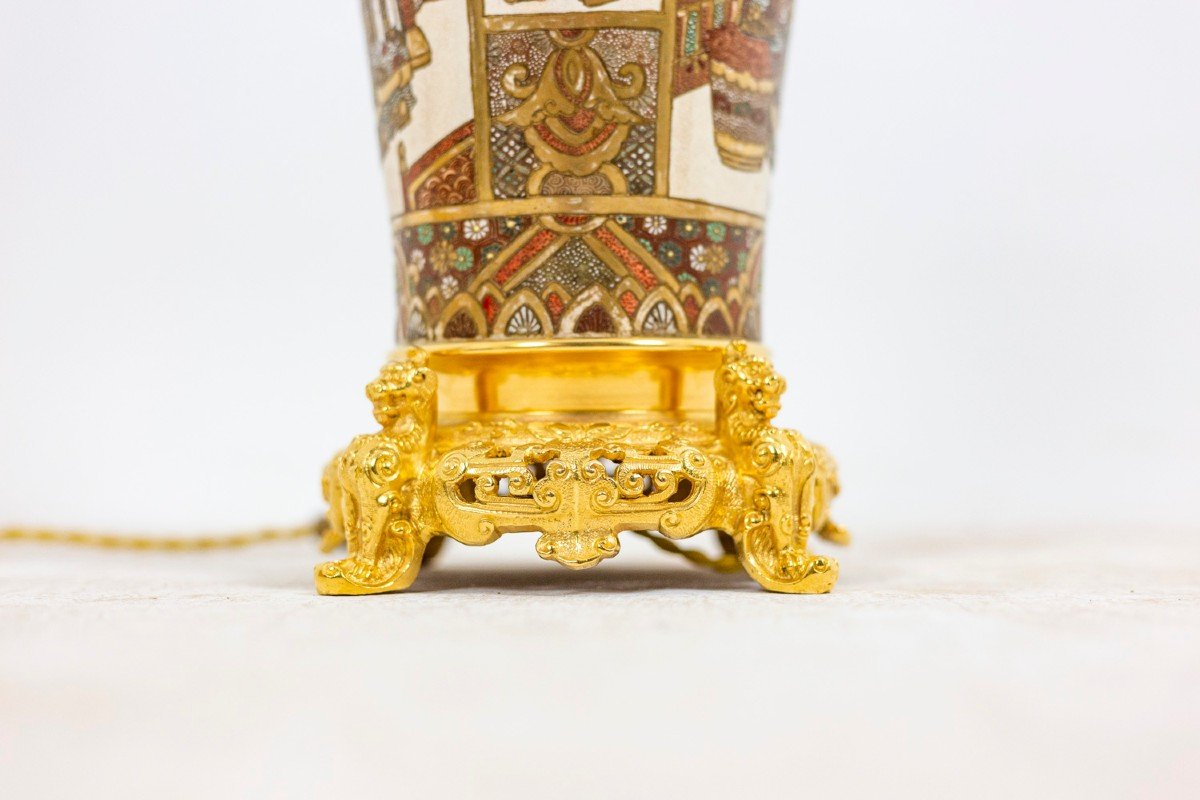













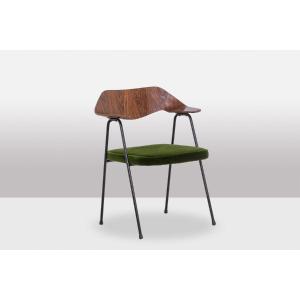

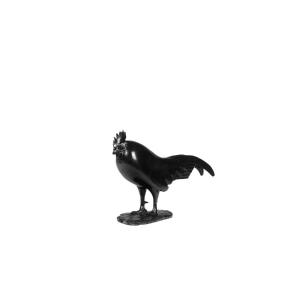
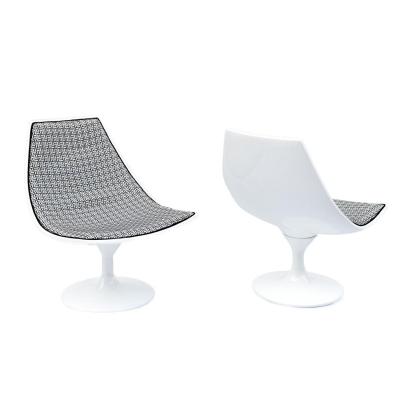


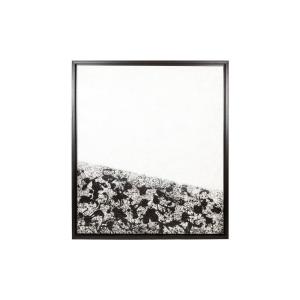
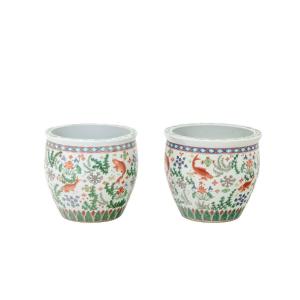








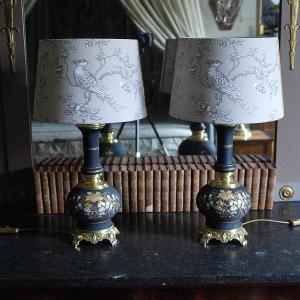


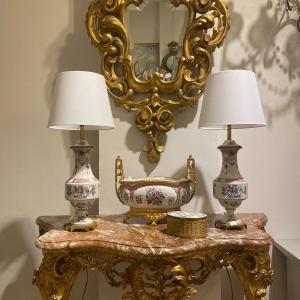



 Le Magazine de PROANTIC
Le Magazine de PROANTIC TRÉSORS Magazine
TRÉSORS Magazine Rivista Artiquariato
Rivista Artiquariato